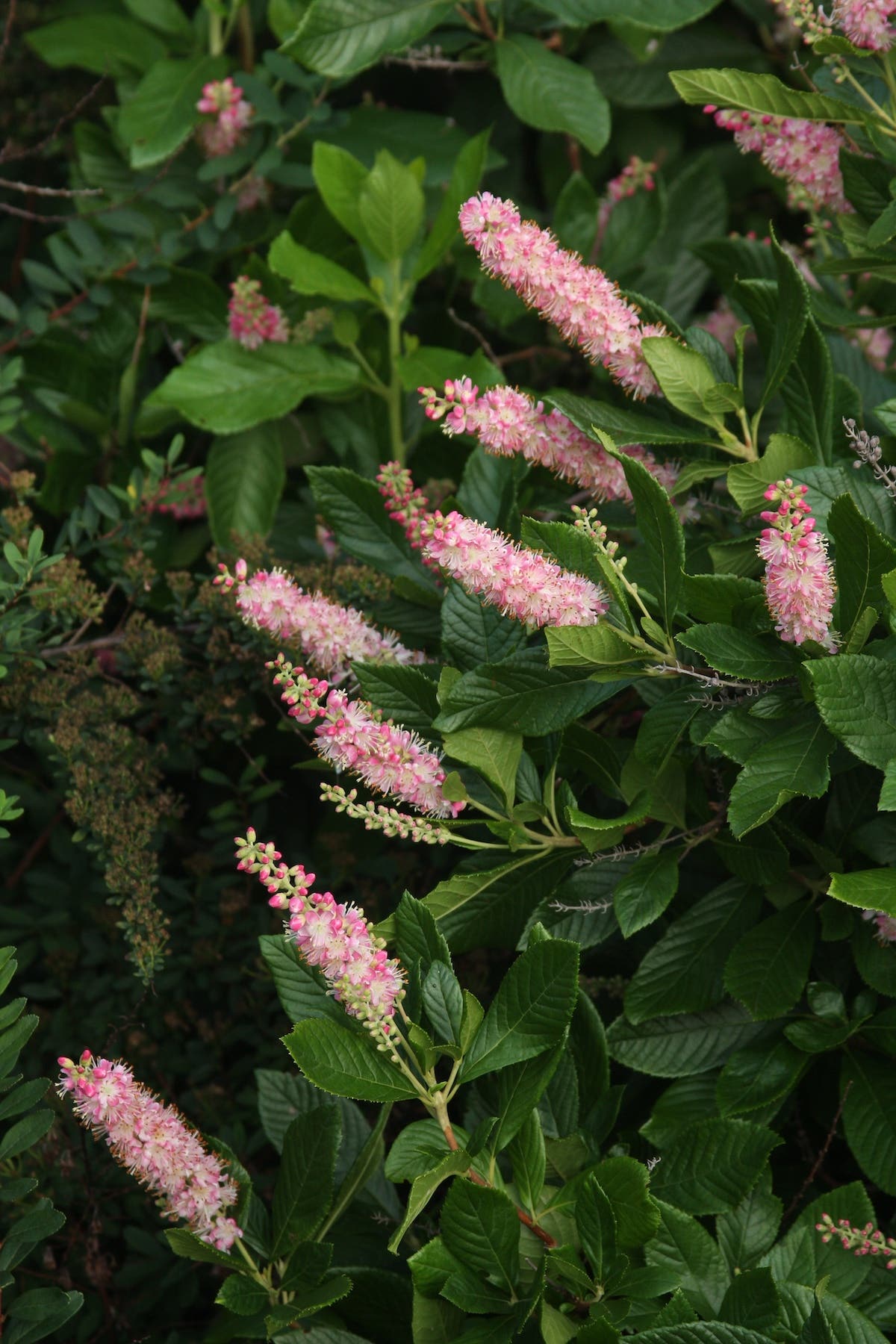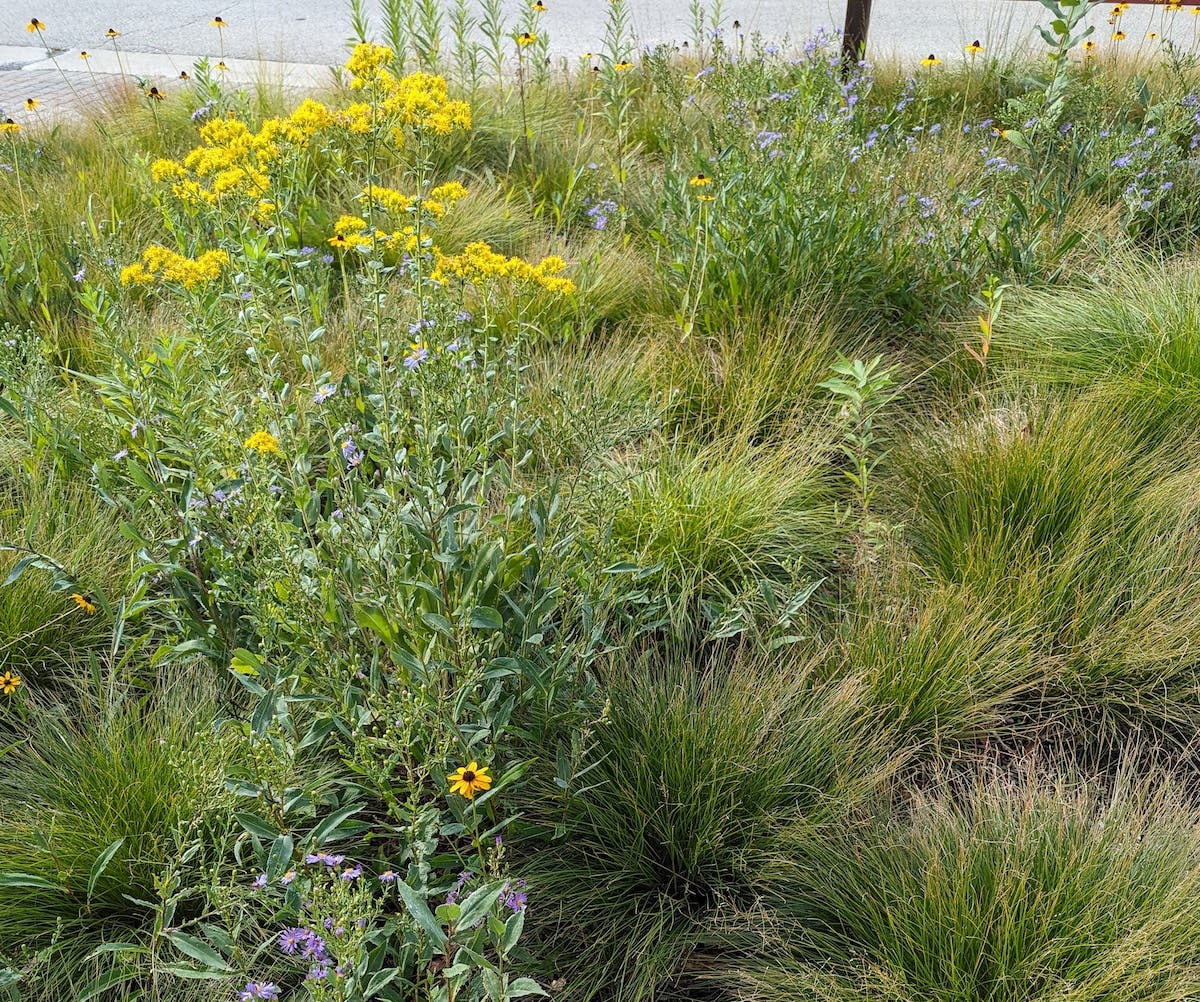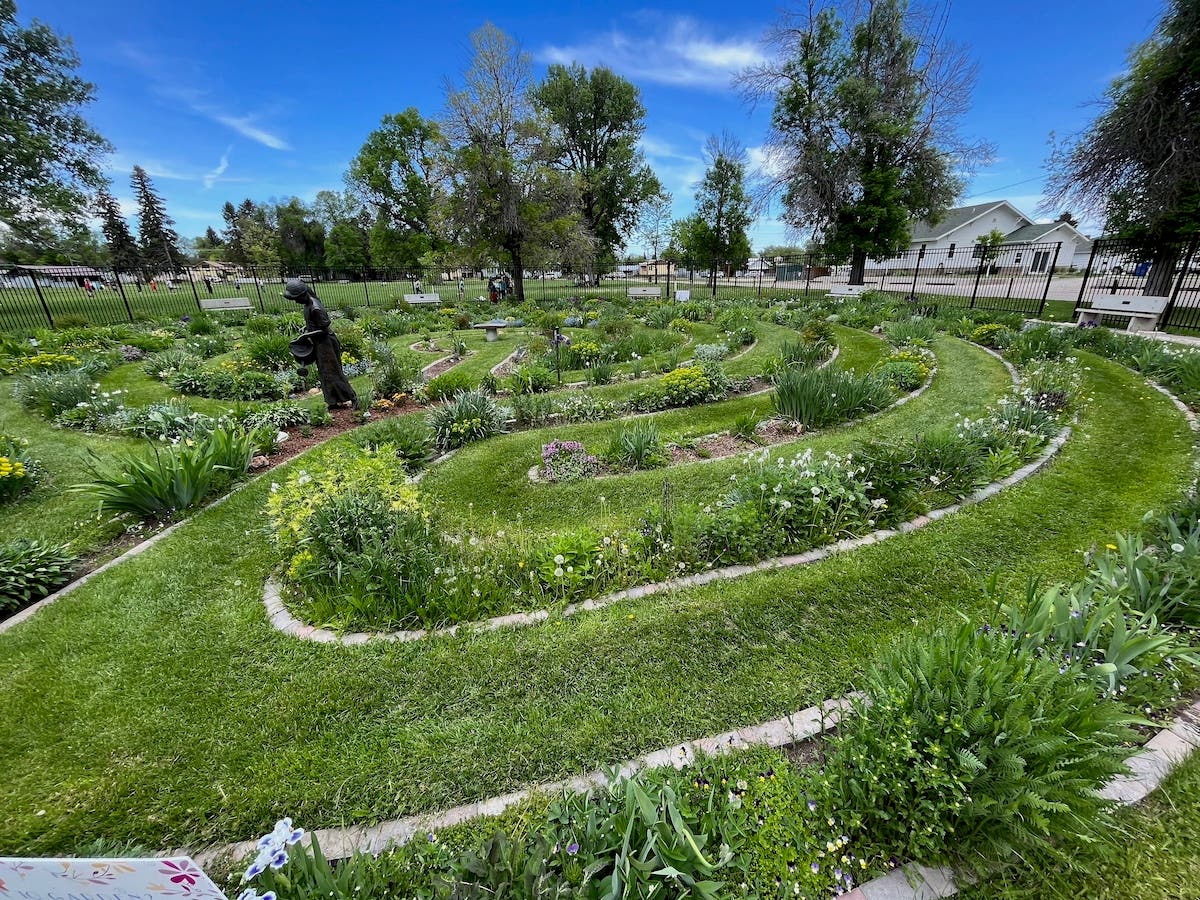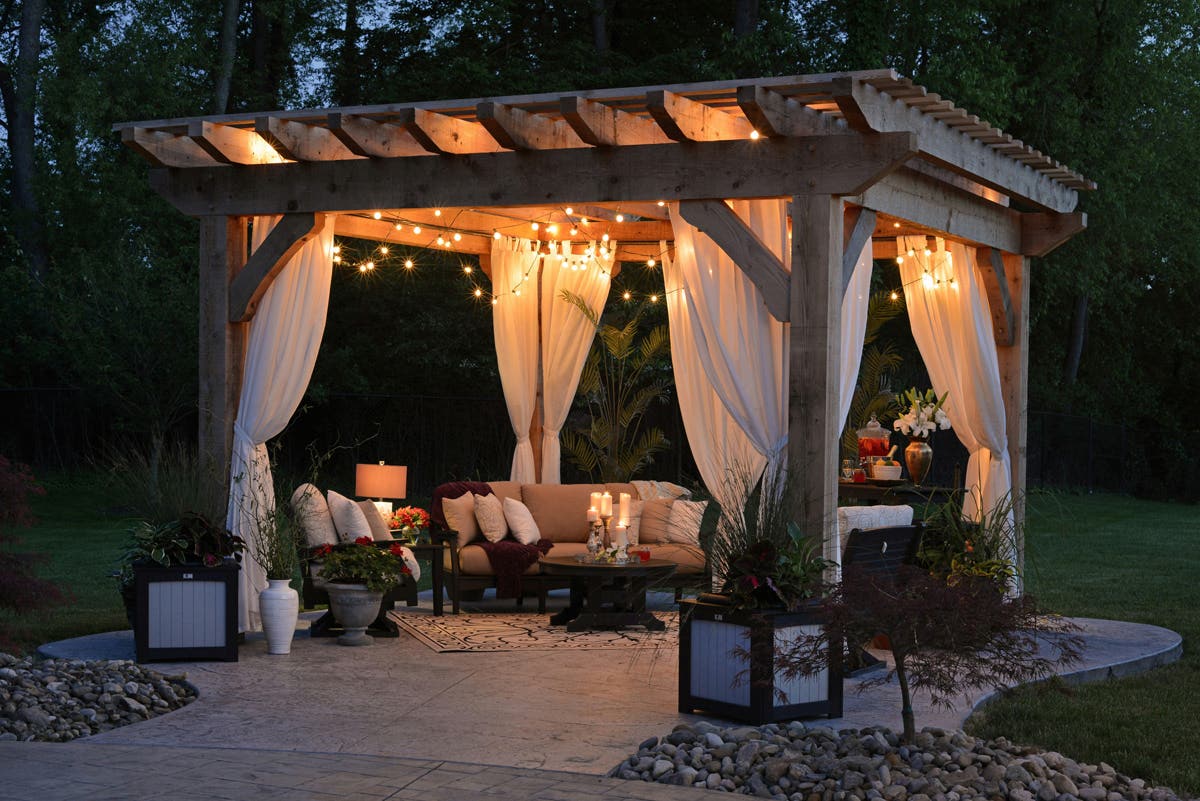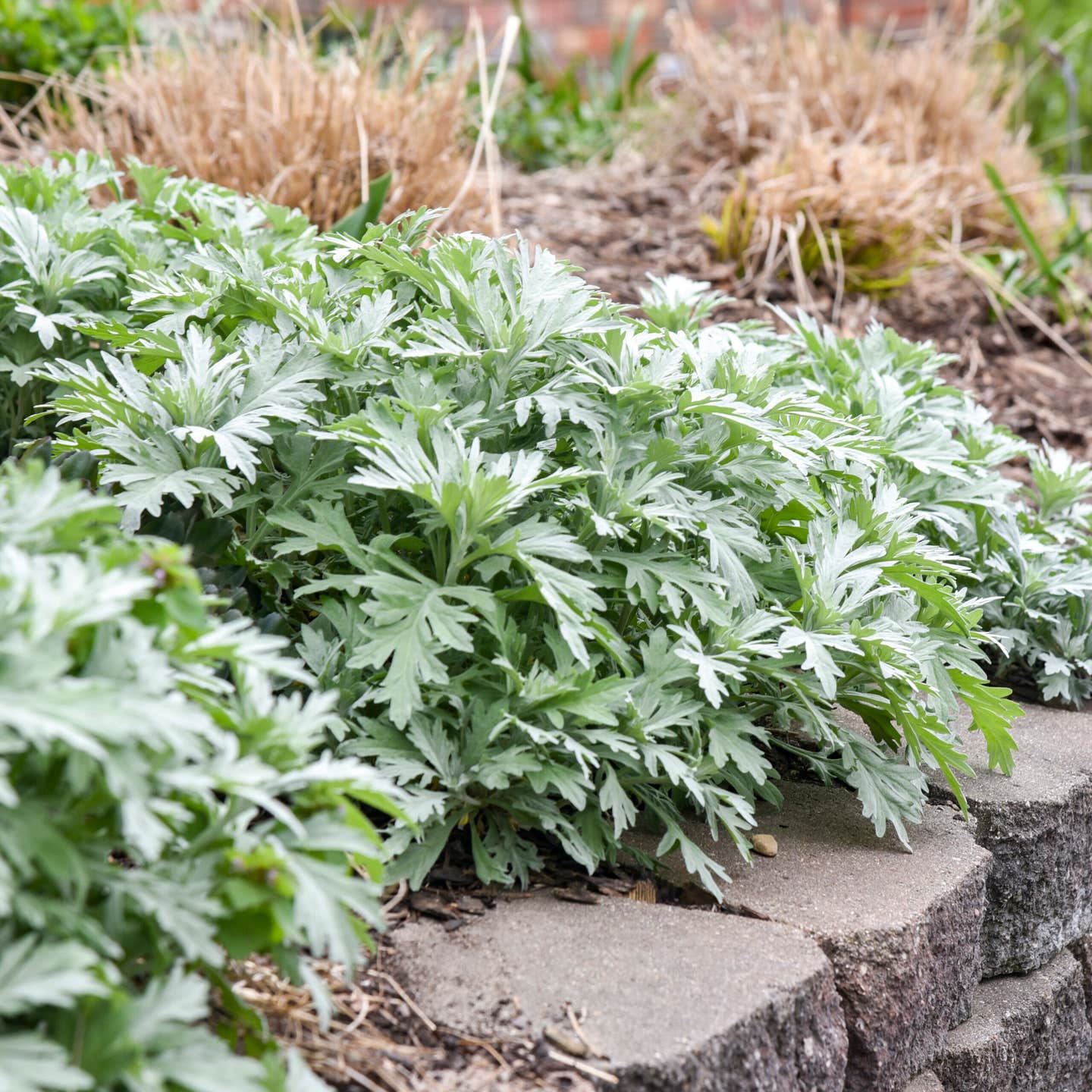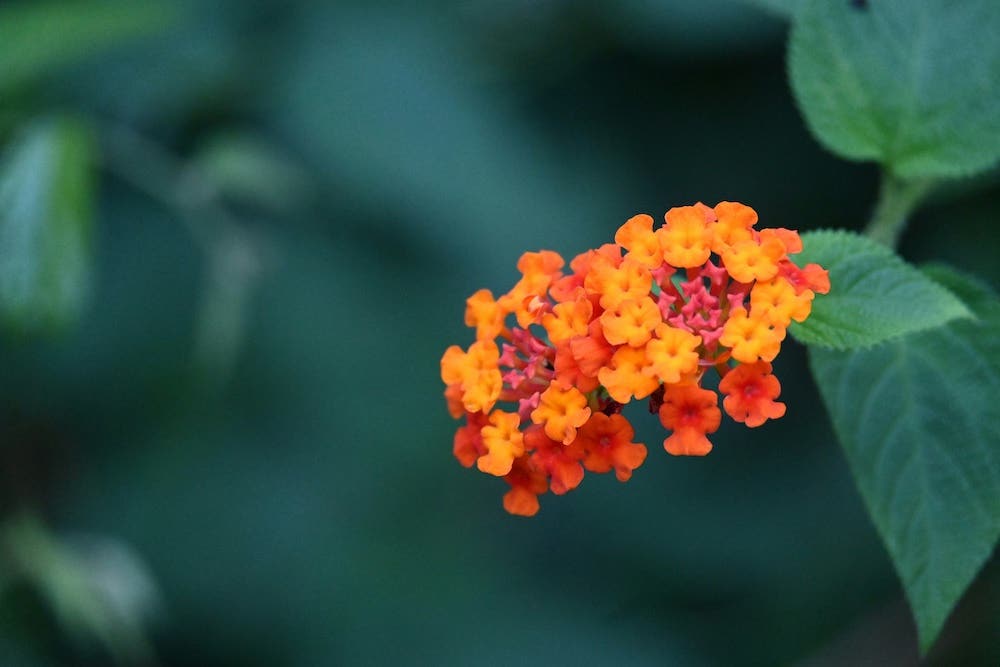The Fragrant Garden
Here are some tips for designing a garden full of fragrance.
Here are some tips for designing a garden full of fragrance.
1. Look for heirloom varieties of plants. Breeders are usually focused on flower size or color, disease resistance or plant size and shape when they create hybrids—fragrance often falls by the wayside when they make their crosses and selections. Old-fashioned, open-pollinated varieties are therefore more apt to have a stronger scent.
2. Site scented plants near doors and windows, close to the edge of paths and adjacent to sitting areas so that their fragrance can be enjoyed easily. Plants with scented foliage, such as many herbs and scented geraniums, release their fragrance when they are brushed against, so keep these close to pathways.
3. Try to avoid placing strongly fragrant plants closer than 10 feet away from each other. If they are growing too close together, their aromas will be combined in a way that's not necessarily pleasant. Fill the areas between your scented plants with unscented varieties.
A sampling of fragrant plants:
Most herbs (leaves)
Shrubs including daphnes, lilacs, mock oranges (shown), old-fashioned roses, gardenias, viburnums
Perennials including bearded iris, peonies, heirloom carnations and pinks (Dianthus spp.), primroses, phlox
Annuals including flowering tobacco, marigolds, sweet peas, stocks, snapdragons, sweet alyssum, heliotrope
Bulbs including daffodils, hyacinths, lilies
______________________________________________________________
Design your garden a fun and easy way with 3-D Garden Wheels. They include all the info you'll need to mix and match a wide variety of favorite plants.
Browse online course offerings from Garden How-To University.
Get additional savings all year long at GardenersHub, plus a subscription to Horticulture and a bunch of other gardening references by signing up for Horticulture Garden Rewards.
Shop for books, magazines, CDs, tools, seeds, bulbs, garden decor and much more at GardenersHub.com.


